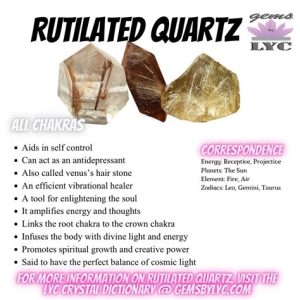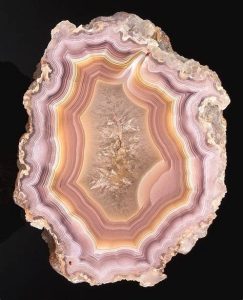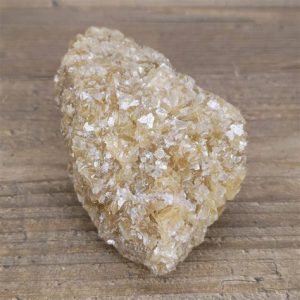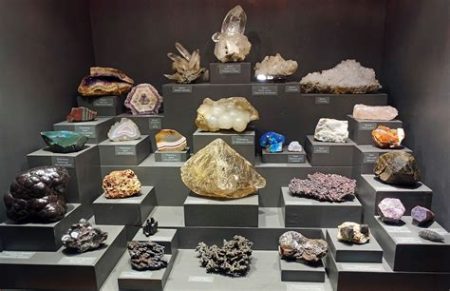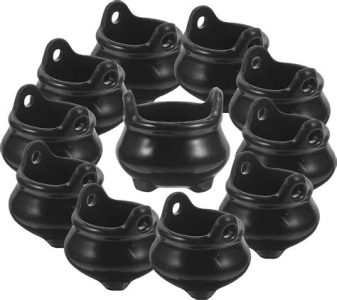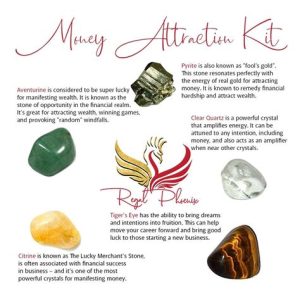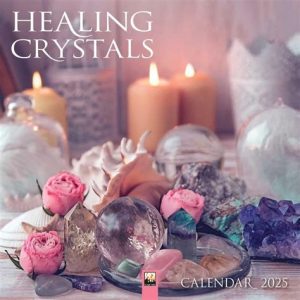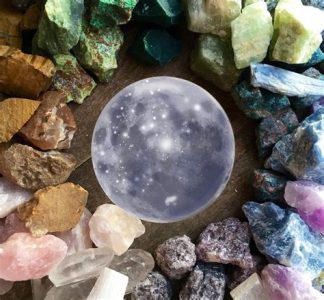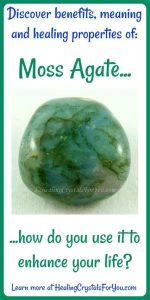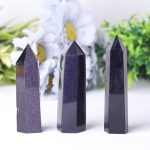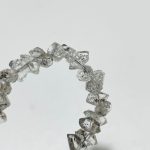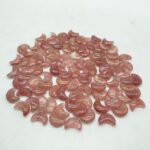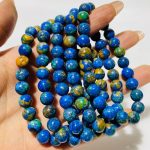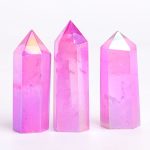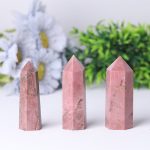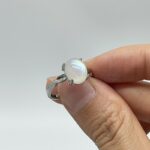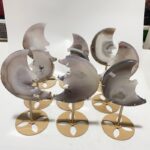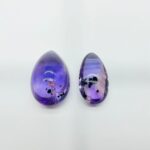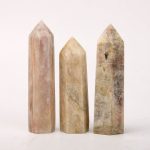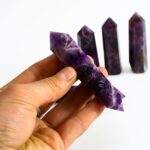Amethyst has fascinated people for centuries with its stunning purple hues and purported healing properties. But how much do amethysts actually sell for? The answer depends on a range of factors, including the stone’s quality, size, color, and origin.

Factors Influencing Amethyst Prices
Quality: Amethyst quality is primarily determined by its clarity, color saturation, and presence of inclusions. Higher quality amethysts are typically more transparent, exhibit a deeper and more even purple color, and have fewer visible inclusions or blemishes.
Size: Larger amethysts are generally more valuable than smaller ones. However, the price-per-carat may decrease as the stone size increases.
Color: The most desirable amethyst color is a deep, rich purple. Stones with a lighter or less saturated color may sell for a lower price.
Origin: Amethysts are found in various locations around the world, but the most renowned sources include Brazil, Uruguay, and Russia. Stones from these regions may command higher prices due to their reputation for superior quality.
Market Value of Amethysts
According to the Gemological Institute of America (GIA), the wholesale price of amethysts ranges from $1 to $10 per carat, depending on the aforementioned factors. Retail prices are typically higher, with most amethysts selling for $5 to $50 per carat.
Table 1: Wholesale Amethyst Price Range
| Quality | Carat Price Range |
|---|---|
| Good | $1-$2 |
| Fine | $2-$5 |
| Very Fine | $5-$10 |
Table 2: Retail Amethyst Price Range
| Quality | Carat Price Range |
|---|---|
| Good | $5-$10 |
| Fine | $10-$25 |
| Very Fine | $25-$50 |
Factors Affecting Amethyst Market Demand
The demand for amethysts is influenced by several factors, including:
- Fashion trends: Amethyst jewelry is particularly popular during certain fashion seasons.
- Gemstone healing practices: Amethyst is believed to have calming and spiritual properties, making it popular in metaphysical circles.
- Economic conditions: Demand may fluctuate during economic downturns or booms.
- Availability of other purple gemstones: Competition from other purple gemstones, such as tanzanite or iolite, can affect amethyst demand.
New Applications and Creative Uses of Amethysts
Apart from traditional jewelry-making, amethysts are finding new applications in:
- Crystalline solar panels: Amethyst crystals may enhance solar cell efficiency.
- Energy healing: Practitioners use amethysts to balance chakras and promote emotional well-being.
- Scientific research: Scientists are exploring the potential use of amethysts in quantum computing.
Frequently Asked Questions (FAQs)
Q: How can I tell if my amethyst is real?
A: Scratch the stone gently with a piece of hard glass. Real amethyst will not scratch easily.
Q: What is the best way to clean amethyst?
A: Use warm, soapy water and a soft cloth. Avoid harsh chemicals or ultrasonic cleaners.
Q: Can amethyst fade over time?
A: Yes, prolonged exposure to sunlight or heat can cause amethyst to lose its color.
Q: How can I avoid getting scammed when buying amethyst?
A: Always purchase from reputable dealers and demand a certificate of authenticity.
Q: Is amethyst a durable gemstone?
A: Yes, amethyst is rated 7 on the Mohs scale of hardness, making it suitable for everyday wear.
Q: Where can I find rare or high-quality amethysts?
A: Gem shows, auctions, and specialized gemstone dealers may offer unique or exceptional amethysts.
Q: What is the metaphysical significance of amethyst?
A: Amethyst is associated with spiritual enlightenment, intuition, and protection from negative energies.
Q: Can I wear amethyst in all jewelry styles?
A: Yes, amethyst’s versatility allows it to complement various jewelry designs, from classic to contemporary.

